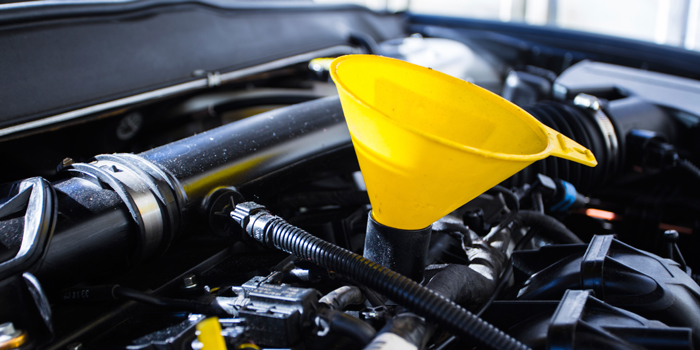Modern clean diesel technology brought with it the need for higher-quality motor oils. The American Petroleum Institute (API) introduced the current CJ-4 oil standards back in 2006 so diesel motor oils would be compatible with 2007 model year engines equipped with exhaust gas recirculation (EGR) and exhaust aftertreatment systems, and would be designed to burn ultra-low sulfur (less than 15 ppm) diesel fuel. The higher operating temperatures and tougher emission requirements for clean diesel engines meant the oil had to provide better oxidation resistance, higher temperature stability and soot control.
Diesel Oil Requirements
In addition to the API oil quality requirements, every OE engine supplier and vehicle manufacturer has its own oil specifications and viscosity recommendations. These include Allison, Caterpillar, Cummins, Detroit Diesel, Deutz, GM, Ford, Mack, Mercedes-Benz, Navistar, Volkswagen, Volvo and others. The specifications can vary depending on the model year and engine application. GM, for example, introduced its “dexos” specifications several years ago, and says oils that meet its dexos2 specification should be used in its 2011 and newer diesel engines.
New Diesel Oil Standards & Viscosities
The target date for the introduction of a new set of API diesel oil standards is set for April 2016, almost 10 years after the previous upgrade in oil standards. In the past, emissions compliance was the driving force behind upgrading oil performance standards. Today, the driving forces are improving fuel economy and reducing carbon emissions.
API is still finalizing exactly what the new requirements and test procedures will be, but right now it looks like there will be two new diesel oil ratings: one to replace the current CJ-4 standard (which will be backward compatible for current CJ-4 applications), and a second oil standard (as yet unnamed) that will apply to the next generation diesel engines in 2016 and beyond.
What they want is a new, thinner viscosity oil that can provide better fuel economy while withstanding even higher operating temperatures without sacrificing durability, oxidation resistance, wear resistance and shear stability.
API is still developing the tests these new oils will have to pass in order to meet the new levels of performance. The current test procedure for determining oil viscosity is to heat an oil sample to 100º C and measure how fast it flows through a calibrated orifice.
The test for the new 2016 diesel engine oil may involve heating the oil to 150º C to measure its viscosity. Additional tests may include scuff resistance, shear stability, oxidation stability and ability to handle aeration.
There was also discussion as to whether or not a new test might be needed for compatibility with biodiesel fuels, but the consensus now is that biodiesel compatibility is not an issue since biodiesel fuel quality has improved.
For now, the two new oil standards are code named PC11A, for the oil that will replace the current CJ-4 oils, and PC11B, for the next generation 2016 and forward engines.
There may even be a new viscosity rating to help differentiate the PC11B oil from current viscosities that are on the market.
According to one oil company, oils that meet the new PC11B requirements will likely have a high temperature viscosity rating around 26 (slightly lower than a traditional 30 weight), resulting in blends such as 5W-26 or 10W-26. The PC11B oils may be a blend of conventional and synthetic oil or fully synthetic.
It’s also likely that the new PC11B oil may not be backward compatible with current or older diesel engines. That will be up to the diesel engine manufacturers to decide on a case-by-case basis. It may or may not be acceptable to use PC11B oils in some 2007 and newer engines.














